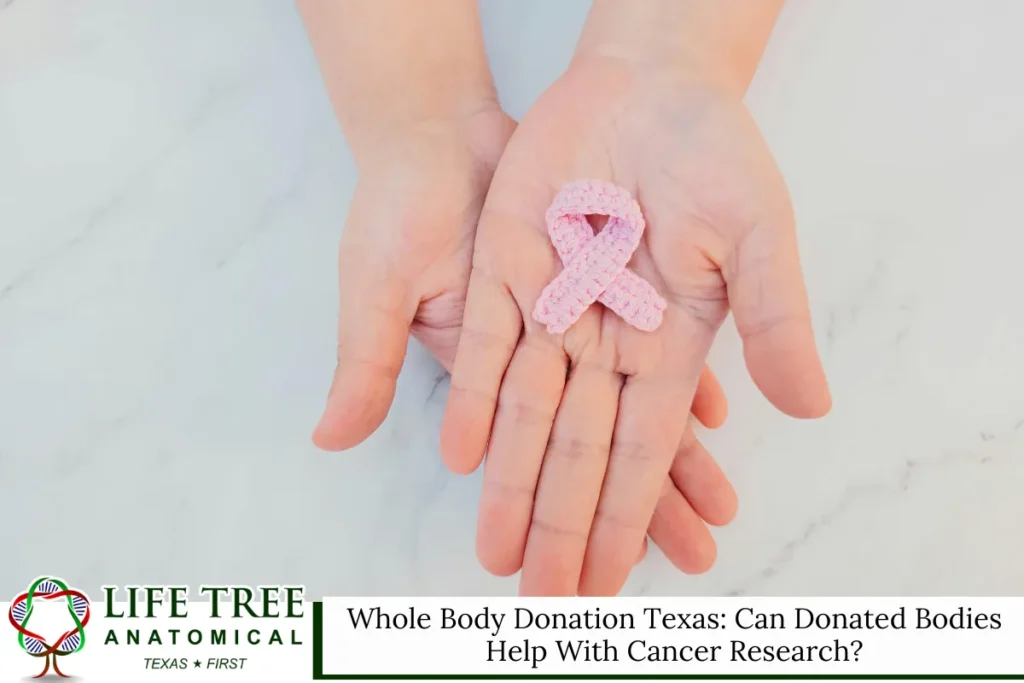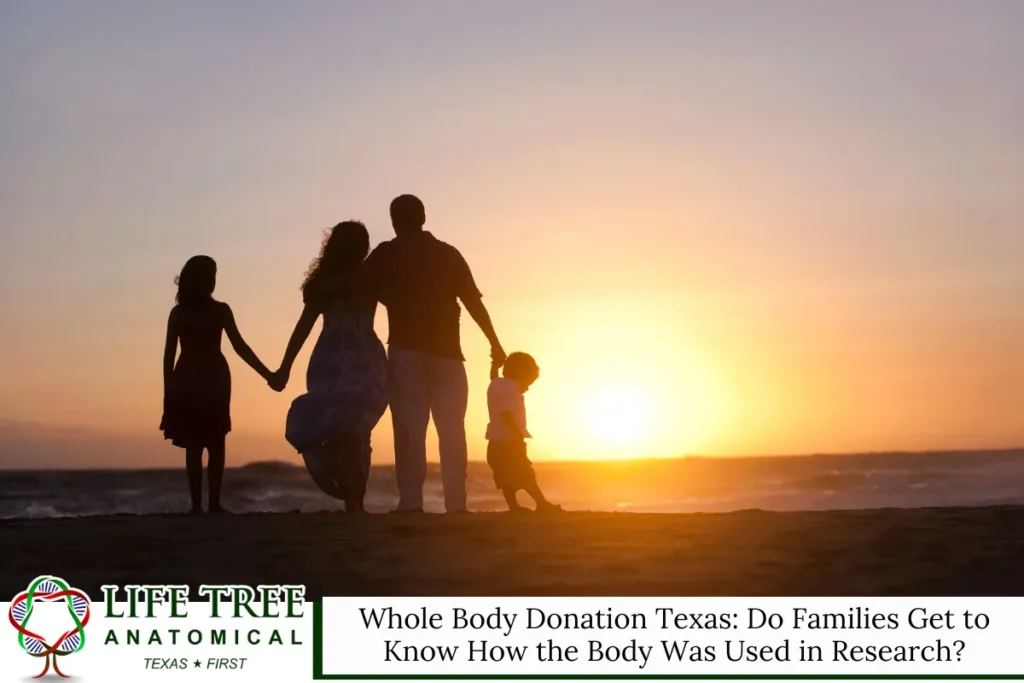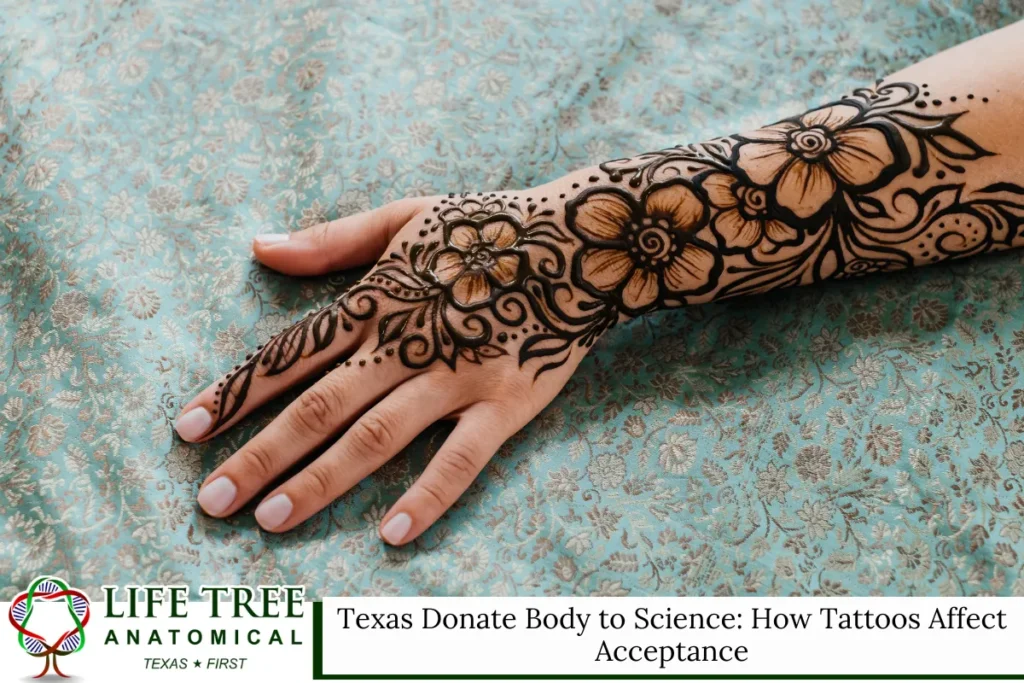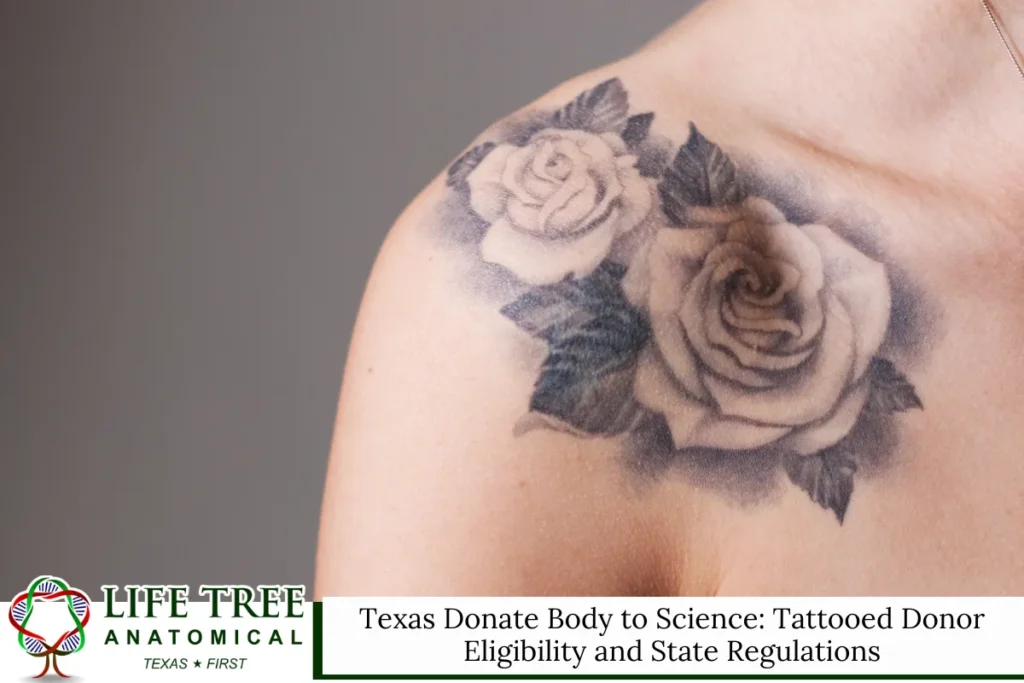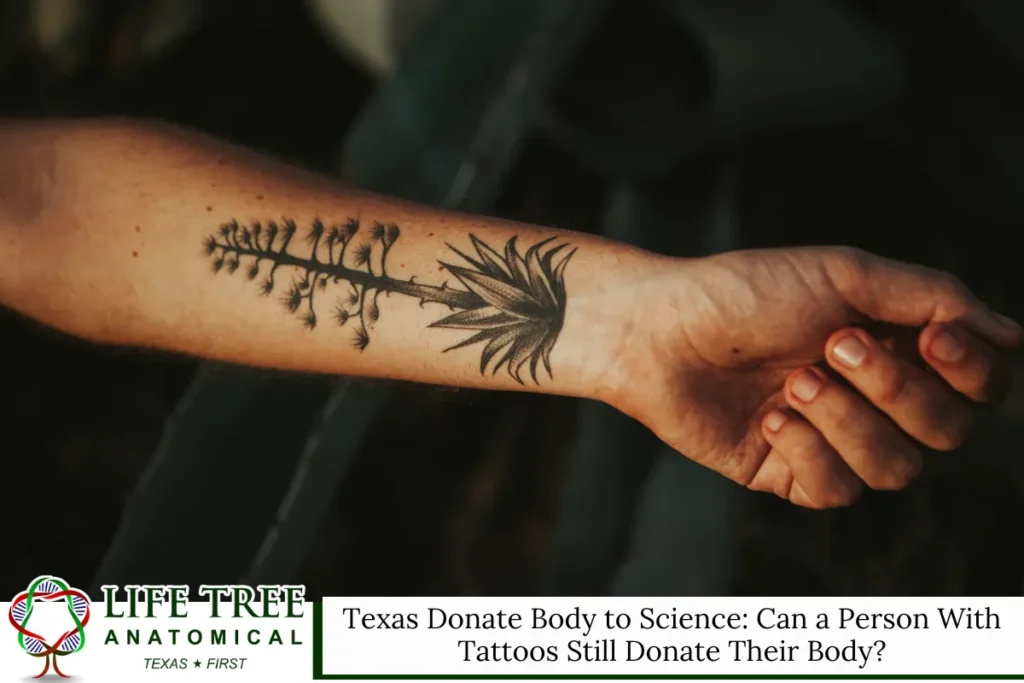Understanding Whole Body Donation
Whole body donation is a critical practice that plays a pivotal role in the education of future healthcare professionals. For medical students in Texas, the opportunity to learn from real human anatomy provides them with a depth of understanding that textbooks alone cannot offer. This donation process not only supports scientific research but also enhances medical education by providing students with the opportunity to observe and learn from actual human bodies.
In this article, we will examine how medical students in Texas benefit from whole-body donation, emphasizing its importance in the development of competent healthcare professionals. We will also cover the ethical considerations, legal framework, and the process of whole body donation in the state of Texas.
What is Whole Body Donation?
Whole-body donation involves donating an entire body to science, primarily for medical education and research purposes. Donated bodies are used for teaching anatomy, surgical practice, and medical research. Donors typically consent to the donation in advance, ensuring their bodies will contribute to advancing medical science and provide future doctors with hands-on learning experiences.
In Texas, the whole body donation process is strictly regulated by state laws, ensuring that donors are treated with respect and dignity. Donors or their families can choose to donate their bodies to medical schools, universities, or independent body donation programs, such as Life Tree Anatomical.
The Role of Whole Body Donation in Medical Education
Medical education in Texas relies heavily on real-world applications and hands-on experience. The human body is a complex system, and understanding its anatomy is fundamental for medical students. Whole body donations serve as one of the most vital resources for teaching anatomy and performing various medical procedures.
1. Improved Understanding of Human Anatomy
Medical students benefit greatly from direct interaction with cadavers. By dissecting and studying human bodies, students gain a comprehensive understanding of the human structure. This hands-on experience enables students to identify organs, tissues, and systems in a way that classroom lectures and textbooks cannot replicate. The precision and detail they develop during dissections contribute directly to their clinical skills.
2. Developing Surgical Skills
Whole body donation programs in Texas provide medical students with the opportunity to practice surgical techniques before performing procedures on living patients. For instance, students can practice dissections, suturing, and even organ transplants on donated bodies. This valuable experience boosts their confidence and prepares them for their future careers as surgeons.
3. Learning Complex Medical Procedures
Some medical students participate in research projects that require the use of human cadavers to study disease processes, medical treatments, or surgical interventions. These opportunities offer students real-world experience in fields such as pathology, forensic medicine, and biomedical engineering.
The Ethical and Legal Aspects of Whole Body Donation in Texas
1. Informed Consent
In Texas, the process of whole body donation is built on the foundation of informed consent. This means that individuals who choose to donate their bodies must provide explicit consent, ensuring they understand how their bodies will be used after death. The legal framework surrounding this practice protects the rights of donors and their families.
2. Respect for the Donor
Whole body donation is conducted with the utmost respect for the individual and their wishes. Donated bodies are handled with care, and the remains are treated respectfully after the completion of educational or research activities. Donor families are often given the option to reclaim the cremated remains after the educational process is complete.
3. Regulations and Oversight
In Texas, the Texas Anatomical Board governs the donation process, ensuring that all donations comply with state laws. The board oversees the distribution of donated bodies to accredited medical institutions and independent body donation programs. This oversight helps maintain the integrity of the process and ensures ethical practices are followed.
The Process of Whole Body Donation in Texas
Whole body donation programs in Texas follow a clear process to ensure that the donation is carried out legally, respectfully, and ethically. Here’s an overview of the typical steps involved:
1. Registration and Consent
To begin the donation process, individuals must register with a body donation program, such as Life Tree Anatomical in Austin, TX. This involves completing forms that outline the individual’s consent to donate their body after death. Individuals need to ensure that their family members are aware of their decision and are prepared to respect and honor it.
2. Death Notification
When the donor passes away, their family or healthcare provider contacts the body donation program to notify them of the death. The program will verify that the donor’s body is eligible for donation, taking into account factors such as the cause of death and the condition of the body.
3. Transport and Preparation
Once eligibility is confirmed, the body is transported to the facility of the donation program. There, it is prepared for use in medical education and research. The body is carefully preserved to ensure it remains suitable for study and training.
4. Usage in Medical Education
The body is used by medical students, researchers, and healthcare professionals for learning purposes. This can include dissections, surgeries, and other medical practices. The bodies are often used for several years, depending on the institution’s needs and requirements.
5. Return of Remains
After the educational and research process is complete, the cremated remains are returned to the family. This is typically done with respect and in accordance with the donor’s wishes.
The Lasting Impact of Whole Body Donation in Texas
Whole body donation is an invaluable resource for medical students in Texas. It provides them with the opportunity to learn from real human bodies, enhancing their understanding of anatomy, surgical techniques, and medical procedures. It also allows them to develop practical skills in a controlled, respectful environment before they treat live patients. As a result, body donation programs play an essential role in shaping the next generation of healthcare professionals.
Texas Whole Body Donation – Life Tree Anatomical
Life Tree Anatomical offers a respectful and straightforward process for individuals interested in whole body donation. As the first non-university willed body program in Texas, we have played a crucial role in supporting medical education and research throughout the state. Through our program, you can contribute to medical advancements and help train the healthcare professionals of tomorrow.
Our dedicated team is here to provide you with information and support, ensuring a seamless and respectful donation process. We understand that making such a decision can be difficult, and we are here to guide you every step of the way. Feel free to contact us at (512) 402-8533 for more information.
FAQ: Whole Body Donation in Texas
1. What is Whole Body Donation and How Does it Help Medical Students?
Whole body donation is a process where an individual donates their entire body to medical schools or research institutions after death. In Texas, this is especially important for medical students who need hands-on experience in anatomy and surgical practices. Medical schools rely on whole body donations for cadaveric dissection, allowing students to learn about anatomical structures, organ systems, and human tissue. The experience is essential for developing their skills in gross anatomy, which is foundational for future healthcare professionals. By donating their bodies, anatomical donors provide the raw material for medical training and medical research, enabling medical professionals to refine their skills and contribute to medical breakthroughs. The body donation program ensures the donation is voluntary, with consent forms provided at the time of death, guaranteeing that the donor’s wishes are respected.
2. How Are Whole Body Donations Handled After Death?
When an individual passes away, the time of death must be confirmed before a whole body donation can proceed. At that point, a death certificate is issued. The family or healthcare providers must inform the body donation program, which will assess whether the donation is suitable, taking into account medical conditions and the state of the body. If the donation is accepted, the body is transported to a dissection hall where it undergoes preservation for use in anatomy dissection and other medical training purposes. During dissection, medical students learn to identify anatomical variations and practice medical procedures on human tissue, providing them with the tools to become skilled healthcare professionals. The anatomical structure studied also contributes to medical research on disease processes and the development of biomedical devices. After completion of training, memorial ceremonies may be held in honor of the donors, recognizing their critical role in medical education.
3. What Are the Benefits of Voluntary Body Donation to Medical Science?
Voluntary body donation makes a significant contribution to advancing medical science. It supports medical research, helping biomedical scientists develop new treatments, medical devices, and even surgical procedures. By donating their bodies, anatomical donors provide valuable material for the medical community, which directly impacts the education of future healthcare professionals. In Texas, medical schools and research institutions use whole body donations for cadaveric dissection, allowing students to study anatomical structures in great detail. This hands-on training helps students gain a deeper understanding of human anatomy, diseases, and the complexities of the human body, which is essential for their development as competent medical professionals. Body donation programs also promote breakthroughs in medical science, including advancements in surgical techniques and a deeper understanding of various medical conditions. Without the generosity of body donors, the quality of medical education and research would be severely limited.
4. How Do Consent Forms Work for Whole Body Donation?
Consent forms play a crucial role in the whole body donation process. When someone chooses to become a body donor, they must complete the necessary paperwork to provide their consent for voluntary body donation. In Texas, these forms are carefully reviewed to ensure that the donor fully understands how their body will be used for medical training, research, and education. Consent is typically given well in advance, allowing the individual to decide the specific conditions under which their body will be used. The forms include detailed information on the process, including transportation, preservation, and eventual use in medical schools or research institutions. Families of the deceased donor are contacted at the time of death to confirm the donor’s wishes, ensuring that everything proceeds according to the consent provided. These forms protect the rights of both the donor and their family, ensuring the body is handled with respect throughout the entire process.
5. What is the Role of Medical Research in Whole Body Donation?
Medical research is one of the most significant applications of whole-body donation. When individuals donate their bodies, they help advance a wide range of medical breakthroughs, from understanding disease processes to improving surgical techniques. Medical research using anatomical donors contributes to the development of better biomedical devices, refined medical treatments, and innovations in healthcare practices. In Texas, whole body donation programs support both medical schools and research institutions by providing access to cadaveric dissection and anatomical studies, which are essential for teaching medical students the complexities of human anatomy. Through research, scientists can investigate the relationships between different organs and tissues, study various medical conditions, and even test new medical devices in a real-world setting. These contributions ultimately push the boundaries of medical knowledge, benefiting both future healthcare professionals and the wider community.
Read more: Benefits of Whole Body Donation for Families and Medical Schools in Texas

